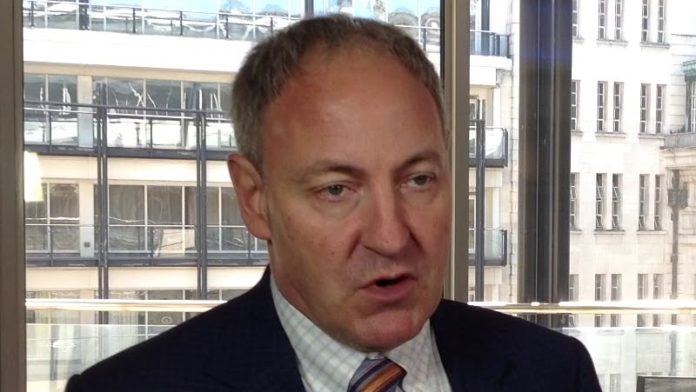
PLATINUM Group Metals (PTM), the Canadian company developing the $617m Waterberg palladium-dominant project in South Africa’s Limpopo province, said it was confident it would attract investors after Impala Platinum (Implats) passed on its option to become the project’s lead shareholder.
Implats said in June it preferred to focus on organic growth and resource renewal as well as paying out dividends rather than taking up a 50.1% stake in Waterberg Project, a step that would have seen it liable for half the development cost of the project.
“This is a global market. We are very confident of getting the partners together,” said Michael Jones, president and CEO of PTM. “There are a lot of players globally that are interested.” Jones was speaking at the Joburg Indaba PGM day on Wednesday.
According to a definitive feasibility report, the Waterberg Project has been scoped for first production from 2023 before ramping up to total output in 2027 of 420,000 ounces a year of platinum group metals (PGMs), the majority of which would be palladium.
Implats, which will retain a 15% stake in the project following an earlier investment, indicated it would follow its rights when the development took off. It was also interested in concluding an offtake agreement for PGM concentrate from Waterberg Project.
Jones said securing offtake arrangements would be an important precursor to financing, but first stop was the grant of a mining licence from the South African government. “It will come very soon,” said Jones. Jones added South Africa’s risk profile had also improved under the administration of President Cyril Ramaphosa.
“The political climate has been a terrible thing to carry around for some years. It is interesting that Triple Flag did a deal with Royal Bafokeng Platinum (RBPlat). That wouldn’t have been possible five or six years ago,” he said. In October last year, RBPlat sold gold by-product from its mine to the US investment firm for $145m in cash, enough to settle its outstanding debt with Anglo American Platinum.
PTM was behind the Maseve mine which was eventually sold to RBPlat. Jones said the sale had been “at a loss” after the company ran out of money to continue financing the development. “I have the lash marks,” he said of the failure, adding that “… you’ve got to make sure you have ore to feed the mill because it’s a hungry thing when it’s working”.
“But the Waterberg Project is a bulk mine and there will be a lot of material available,” he said. “We intend to drop a 13-storey office building with each blast,” he said of the scale of mining required for Waterberg Project.
The outlook for the palladium market is that the adoption of hydrogen technology industrially and, to some extent, in the automotive industry would be supportive of demand in the medium- to long-term. There’s also an expectation of substitution of palladium with platinum in passenger vehicles. But the growing supply deficit in another PGM, rhodium, might place a squeeze on the entire basket, said SFA Oxford analyst, Stephen Forrest.
Said Implats CEO, Nico Muller, of the Waterberg Project: “It is still a strong asset and may come into play going forward. But the investment would have compromised our ability to pay dividends to shareholders. The stars may re-align and the position may become favourable for new production growth,” he said.









